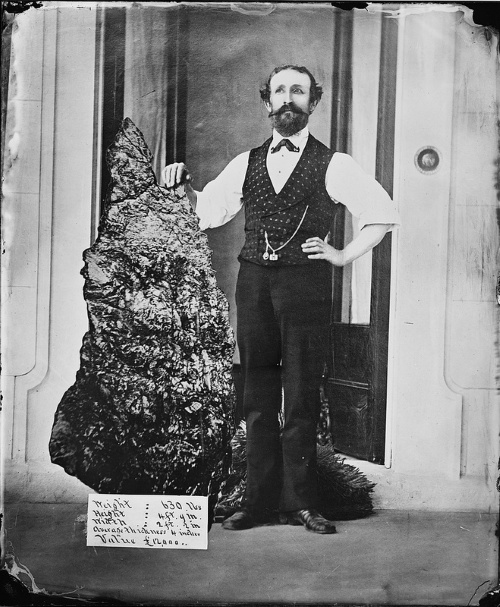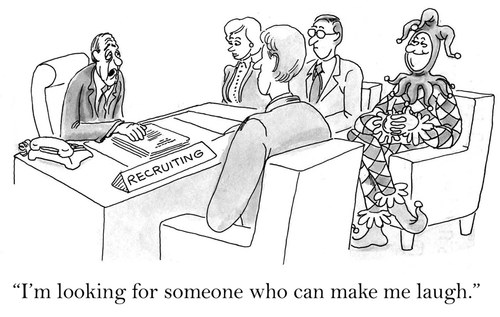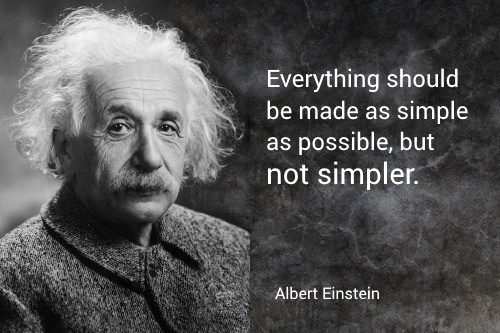Combining great people with great business systems and processes will naturally produce a culture of excellence. When you add the elements of fun and friendly competition—when you turn your core business systems into a game and keep score—you will discover the grand secret for developing a truly remarkable company.
It is fascinating that people will actually pay for the privilege of working hard when they enjoy what they are doing. For example, sports and recreational activities produce levels of energy, enthusiasm, and drive not usually found during the typical business workday. Jobs are often boring, stressful, and unfulfilling. Games are fun, engaging, and rewarding.
Many people don’t like the drudgery of routine work. However, they do like to play and compete. So, isn’t it time for your workers to start having some fun!
Making it a Game
Let’s compare business to the game of football. The coaches (managers) must first have a vision of how to play and win games. They find talented players and assemble a skillful team. The coaches study the strengths and weaknesses of the competition. They design a strong game plan and work hard to execute their strategy with precision. (You can create a great game plan with the Organization Blueprint tool of Box Theory™ Software.)
Players (employees) must clearly understand the rules and the field of play (policies and procedures). They should know at all times where they are in relation to the goal and how much time they have to get there. Every play gives the coaches and players feedback on how best to move the ball up the field (leading indicators). Overcoming adversity and opposition produces gritty determination and ever-higher levels of achievement.

But what do you think would happen if no one kept score? I’ll tell you. The arena would be empty; the sport would die, and no one would care. Scoring and game statistics are what bring out the fans and create million-dollar sports heroes.
Keeping Score
The goal of most major sports is to put points on the board before the clock runs out. The effort and determination to do this is so intense that extraordinary performance and miraculous plays are regular features on the nightly sports news. Scoring is what creates winners, and everyone wants to be a winner, including your employees!
The number of yards generated by a play (system) determines if the play was successful or not. Final game scores reveal whether a team had a good game or not, and if the fans go home jubilant or dejected. Performance statistics predict future player salaries and determine if coaches are rehired.
It’s all about the numbers!
When I was a young man, our family-owned a manufacturing company that produced framed art and decorative accessories. We created scorecards for our production workers, and they received small bonuses each day by exceeding standard performance levels. We were blown away by the increase in output. Financial incentive, achieving personal bests, and competing with one another, dramatically raised morale, and happily boosted our company profit. (Be careful that quality doesn’t suffer.)
Remember: People work harder at play than they do at work! When an organization promotes fun, employees have greater self-esteem, enthusiasm, energy, and team spirit. Their positive attitudes translate to higher productivity, more creativity and innovation, and better customer service.
“Managing by the numbers” can transform teams with poor performance into teams that run efficiently and win games. Measurement is vital to success! (see common business measures)
Make “Fun” a Business Strategy
So, let the kid out and have some fun. Turn your business systems into meaningful games and keep score. Give feedback and praise. Celebrate victories. Reward outstanding performance.
In their book, “Motivating Employees,” Ann Bruce and James Pepitone wrote:
“Top organizations such as Southwest Airlines, Ben & Jerry’s, Starbucks, Disney, Nordstrom, Wal-Mart, and Microsoft use fun as an organizational strategy. These leaders have realized that when employees are having fun, they just perform better.”
Related Article:
Business Leadership: Six Ways to Increase Worker Desire and Capability



 The world’s largest Gold Nugget ever found.
The world’s largest Gold Nugget ever found.











